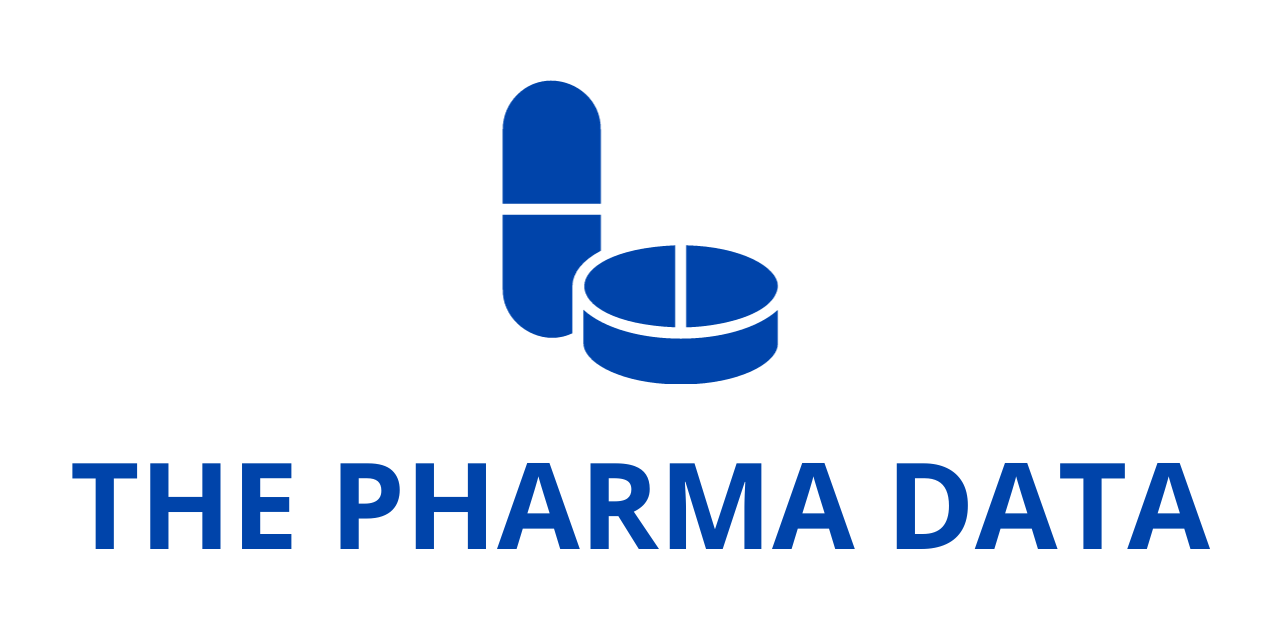
Merck to Present Robust Set of Pulmonary Arterial Hypertension Data at ATS 2025, Underscoring Long-Term Commitment to Innovation and Patient Outcomes
Merck , known as MSD outside the United States and Canada, has announced that it will present a wide-ranging collection of new clinical and outcomes research data on pulmonary arterial hypertension (PAH) at the upcoming American Thoracic Society’s (ATS) 2025 International Conference. The event is scheduled to take place from May 16 to May 21 in San Francisco, California. Merck’s presentations, totaling nine in number, will offer novel insights into disease management, long-term treatment efficacy, and health outcomes related to PAH, with a particular focus on its investigational therapy WINREVAIR™ (sotatercept-csrk).
These data presentations represent an important milestone for Merck, reinforcing its ongoing commitment to advancing treatment options and scientific understanding for PAH—a progressive, life-threatening disease characterized by high blood pressure in the arteries of the lungs, which leads to right heart failure and significantly reduced life expectancy if left untreated. By sharing new findings with the broader respiratory and cardiovascular scientific community, Merck is aiming to further illuminate the therapeutic potential of WINREVAIR and how it may address unmet medical needs in this complex and burdensome condition.
Highlighting Long-Term Efficacy Through Data Integration
Among the highlights of Merck’s scientific program is a comprehensive pooled analysis of patient data from several pivotal clinical trials: PULSAR, SPECTRA, and STELLAR. This analysis includes participants who have transitioned into the SOTERIA study—an ongoing open-label extension evaluating the long-term safety, tolerability, and efficacy of WINREVAIR when added to standard background therapy for PAH.
This dataset represents the most extensive body of clinical evidence for WINREVAIR assembled to date and will provide new perspectives on the medication’s long-term therapeutic benefits. These findings could help clinicians better understand how patients may respond over extended treatment periods, particularly in real-world settings where long-term safety and durability of benefit are critical.
Dr. Eliav Barr, senior vice president, head of global clinical development, and chief medical officer at Merck Research Laboratories, emphasized the significance of this pooled dataset, stating, “The results from this pooled analysis add to the growing body of evidence for WINREVAIR. We remain confident in the long-term potential for WINREVAIR for patients with PAH and look forward to sharing findings as we continue to evaluate WINREVAIR.”
Additional Data on Survival Outcomes
In addition to the pooled efficacy and safety results, Merck will also present an overall survival analysis for WINREVAIR. This analysis incorporates data from the pivotal Phase 3 STELLAR trial, which was instrumental in shaping the clinical development trajectory of WINREVAIR, as well as interim findings from the SOTERIA extension study. The integration of these datasets is designed to assess survival benefit trends and mortality risk reduction associated with long-term WINREVAIR treatment in patients with PAH.
Such survival data are of particular interest to both clinicians and regulators, as they provide tangible evidence of disease-modifying potential. Improvements in survival outcomes can significantly impact treatment guidelines, reimbursement frameworks, and long-term care planning for patients.
Broader Outcomes Research on PAH Burden
Beyond direct drug efficacy data, Merck will present findings from a range of outcomes research initiatives designed to assess the broader burden of PAH on different patient populations. These studies explore the impact of PAH on health-related quality of life, healthcare resource utilization, and the economic costs associated with managing the disease across varying demographic and clinical subgroups.
By examining these broader parameters, Merck aims to elevate awareness of the full humanistic and systemic costs of PAH, thus advocating for earlier diagnosis, personalized treatment approaches, and policy-level attention to resource allocation.
Safety Profile and Risk Considerations for WINREVAIR
As part of its scientific disclosures, Merck also released updated safety information for WINREVAIR based on available clinical trial data. The company emphasized several key safety considerations, some of which may warrant clinical monitoring and patient counseling prior to and during therapy.
Hemoglobin Monitoring and Risk of Erythrocytosis
WINREVAIR has been associated with increased hemoglobin (Hgb) levels, which may elevate the risk of thromboembolic events or hyperviscosity syndrome in some patients. Merck recommends that healthcare providers monitor Hgb levels before each of the first five doses of WINREVAIR—or longer if Hgb values are unstable—and periodically thereafter to determine if dose adjustments are necessary.
Platelet Count Considerations and Bleeding Risk
The therapy may also lead to a reduction in platelet counts, raising the risk of bleeding events, especially in patients concurrently receiving prostacyclin infusion therapy. Severe thrombocytopenia can be especially concerning, as it may predispose patients to gastrointestinal or intracranial hemorrhages. In clinical trials, serious bleeding events were reported in 4% of patients taking WINREVAIR, compared to 1% in the placebo group. Accordingly, Merck advises against initiating treatment in patients with platelet counts below 50,000/mm³ and urges regular platelet monitoring in early treatment phases.
Pregnancy and Fertility Risks
WINREVAIR has demonstrated potential for causing fetal harm and may impair fertility in both males and females based on preclinical animal studies. As such, Merck advises female patients of reproductive potential to undergo pregnancy testing prior to initiating treatment and to use effective contraception during therapy and for at least four months following the final dose. Due to the risk of serious adverse reactions in breastfed infants, breastfeeding is not recommended during treatment or within four months after stopping the medication.
Most Common Adverse Reactions
The most commonly reported side effects in the Phase 3 trial of WINREVAIR (occurring in ≥10% of patients and at least 5% more frequently than in the placebo arm) included:
- Headache (24.5% for WINREVAIR vs. 17.5% for placebo)
- Epistaxis, or nosebleeds (22.1% vs. 1.9%)
- Rash (20.2% vs. 8.1%)
- Telangiectasia (16.6% vs. 4.4%)
- Diarrhea (15.3% vs. 10.0%)
- Dizziness (14.7% vs. 6.2%)
- Erythema, or skin redness (13.5% vs. 3.1%)
These safety signals are being closely monitored in the ongoing SOTERIA study, which will continue to inform long-term risk-benefit assessments for the drug.
A Commitment to Scientific Rigor and Patient-Centered Innovation
Merck’s participation at ATS 2025 highlights its strategic focus on PAH as a critical area of unmet medical need. With WINREVAIR at the forefront of its PAH pipeline, the company is demonstrating both scientific rigor and a sustained commitment to patient-centered innovation. By continuing to invest in long-term studies, real-world evidence generation, and multidisciplinary outcomes research, Merck is not only advancing its drug development efforts but also contributing valuable knowledge to the broader PAH care ecosystem.
As data from SOTERIA and other long-term studies mature, Merck is expected to maintain its presence at major scientific forums and regulatory dialogues, supporting its goal of making WINREVAIR a transformative therapy for patients suffering from this debilitating disease.




